Minolta MD 135mm 1:2.0 – review

Minolta MD 135mm 1:2.0 – vintage manual lens test and review
- Official classification: New-MD
- Collector’s classification: MD III
Yes, this is one of the best 135 mm lens ever. Yes, this is one of the most expensive lenses based on a classic scheme. Is it worth its price? It’s difficult to answer because the choice depends on the photographer.

Minolta MD 135mm 1:2.0 (MD III, New-MD) specifications
| minolta.eazypix.de index | 170 |
| Name engraved on the lens | MD |
| f[mm] | 135 |
| A max [1/f] | 2 |
| A min[1/f] | 22 |
| Lens design [el.] | 6 |
| Lens design [gr.] | 5 |
| Filter thread Ø front(rear)[mm] | 72 |
| Lens Shade | built-in |
| closefocus[m/ft] | 1.3/4.5 |
| Dimension Ø x length [mm] | 79×96 |
| Weight[g] | 725 |
| Year | 1981 |
| Style | MD III |
| Code No. (ROKKOR-X) or Order No. | 691-108 |
More data
| Floating elements | NO (full support by autofocused adapters) |
| Aperture blades number | 8 |
| Confidence in the test results of reviewed copies | 100% |
| Reviewed lens SN: | 1003051 |
- Minolta MD 135 f2.0 optical design
- Minolta MD 135mm F2 optical design
Minolta MD 135mm 1:2.0 exterior
Minolta MD 135mm 1:2.0 mounted on Minolta X-700
This is a very suitable set – the camera and lens have the same design (1981 released)
Minolta MD 135mm 1:2.0 sharpness
Сlose-distance resolution test, minimal distance
Testing methods description
- Target: 10-15 cm picture, printed on glossy photo paper
- Distance:10% longer than minimal focus distance marked on the lens
- Camera: Sony A7II (24mpx, full-frame, tripod, remote control). M-mode, ISO fixed, WB fixed, SteadyShot – OFF.
- The test was repeated for every F-stop on every focus position with manual focus adjustment for each shot. That is to avoid the effect of field curvature.
- RAW processing: Capture One, default settings. All quality settings – 100%. Crops – 300×200 px
Scene preview
Test results (selected version, easy to compare – 4 positions)
Test results (full version – all 9 positions)
Long-distance resolution test
Testing methods description
- Target: cityscape
- Distance: > 200 meters to center focus point
- Camera: Sony A7II (24mpx, full-frame, tripod, remote control). M-mode, ISO fixed, WB fixed, SteadyShot – OFF. The focus point is on the center only.
- RAW processing: Capture One, default settings. All quality settings – 100%. Crops – 300×200 px
Scene preview
Test results
Minolta MD 135mm 1:2.0 aberrations
Vignetting
Geometric distortion
Coma aberrations
Chromatic aberrations
Short-distance bokeh
Test conditions: lens was focused on minimal distance 1.3m, plants are in 5m distance from the camera
Long-distance bokeh
Test conditions: the lens was focused on half distance on the scale (2.5m), buildings are on “infinity”-distance
Light bubbles bokeh
Test conditions: lens was focused on minimal distance + 10% of scale (about 1.7m), diodes were fixed in 5m distance
Light bubbles bokeh
The lens is on the minimal focusing distance 1.3m, lights are on infinity (cityscape)
Other resources with tests:
Demo Photos dedicated article
Some examples:
- Greece – Crete – Hanya, Minolta MD 135mm F2.0, Sony A7II (F2 in EXIF is fake because adapter has been used), Capture One, 2x resized
- Greece – Crete – Hanya, Minolta MD 135mm F2.0, Sony A7II (F2 in EXIF is fake because adapter has been used), Capture One, 2x resized
- Greece – Crete – Hanya, Minolta MD 135mm F2.0, Sony A7II (F2 in EXIF is fake because adapter has been used), Capture One, 2x resized
- Greece – Crete – Hanya, Minolta MD 135mm F2.0, Sony A7II (F2 in EXIF is fake because adapter has been used), Capture One, 2x resized
- Greece – Crete – Hanya, Minolta MD 135mm F2.0, Sony A7II (F2 in EXIF is fake because adapter has been used), Capture One, 2x resized
- Greece – Crete – Hanya, Minolta MD 135mm F2.0, Sony A7II (F2 in EXIF is fake because adapter has been used), Capture One, 2x resized
Minolta MD 135mm 1:2.0 (or Minolta MD 135mm F/2.0, New-MD, MD III design) – overall conclusion
This is an amazing Queen of portraits. But to be honest, it has a few problems, the first – is the weight. Secondly – this lens is expensive enough and it is because the lens is rare and popular of collectors. Yes, this lens is from the top of the list with collectible and most attractive Minolta optics. But it is still cheaper than modern autofocused lenses which can give close results on photos. Although no other lens can provide the same bokeh – Minolta MD 135 F2 has a unique drawing on some combinations of aperture and distance to an object.
Surprisingly it works fine with auto-focus adapters like Techart-Pro. For some connoisseurs of optics, this can be a decisive factor, just imagine – real classics become autofocus on modern cameras.
And of course, it’s ready to make beautiful portraits from F2 – no soft if wide open. The lens has some noticeable aberrations, and even on little-close apertures, but again – it is a tax for stunning abilities. Photographers shouldn’t forget to use the build-in hood. So, finally, this lens has disadvantages, but anyway, the conclusion is predictable: this is the best choice for any style of photography on a 135mm focal distance.





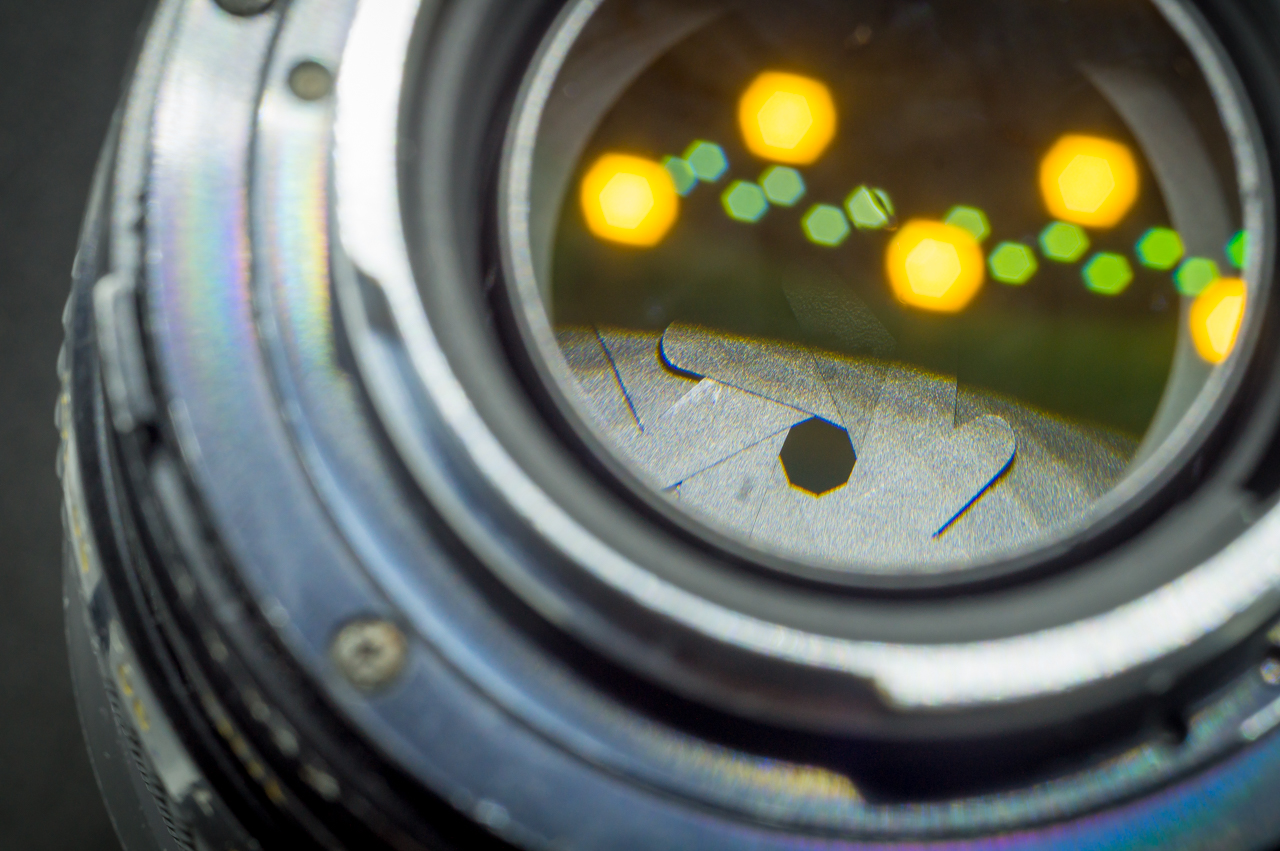




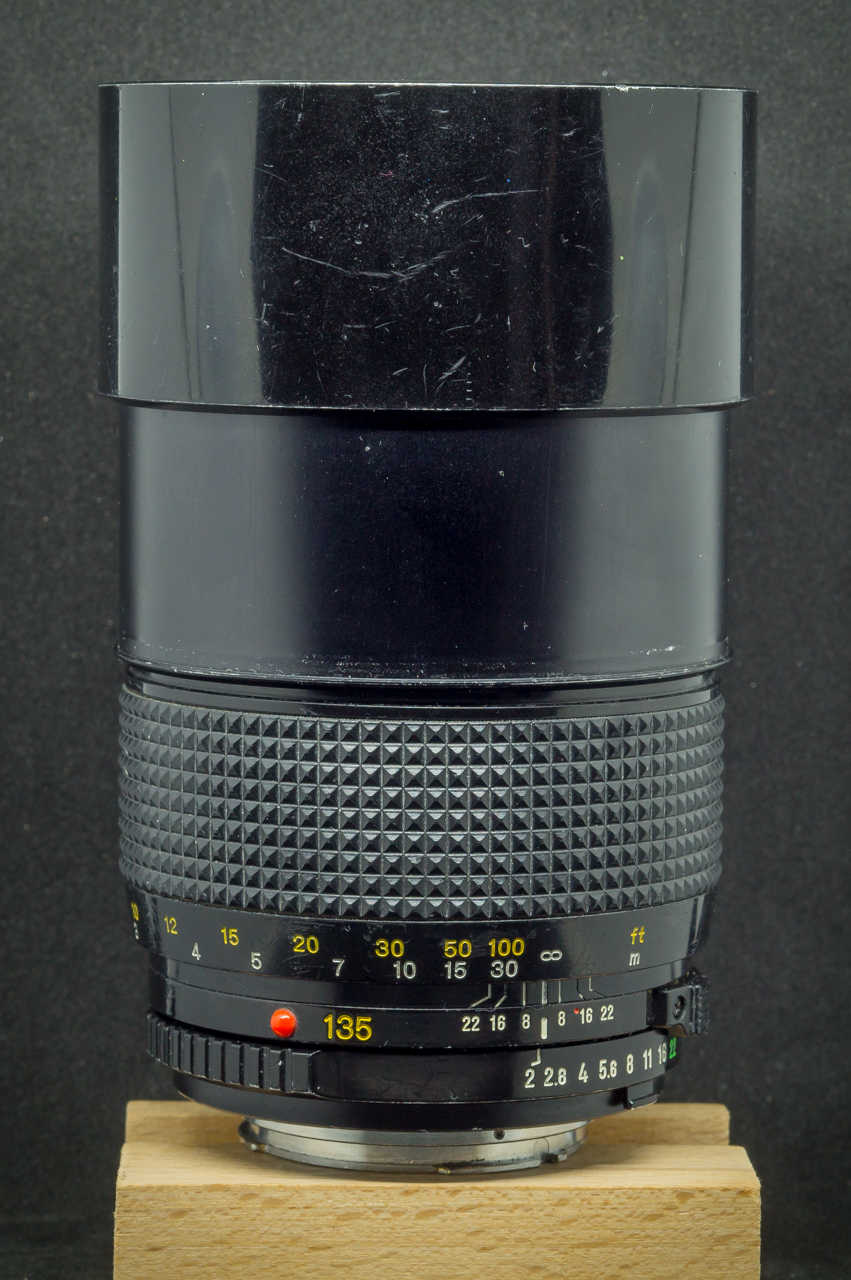



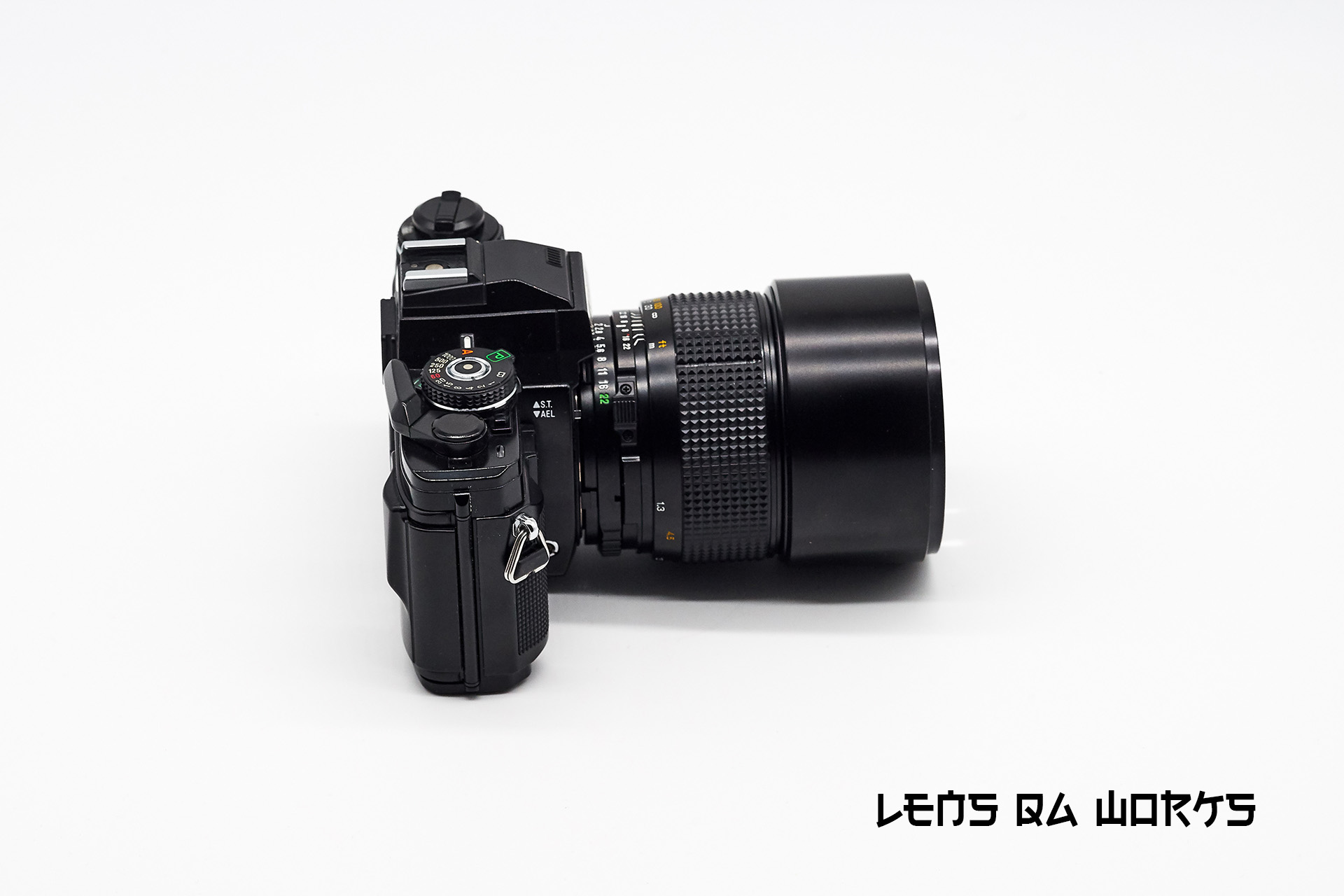

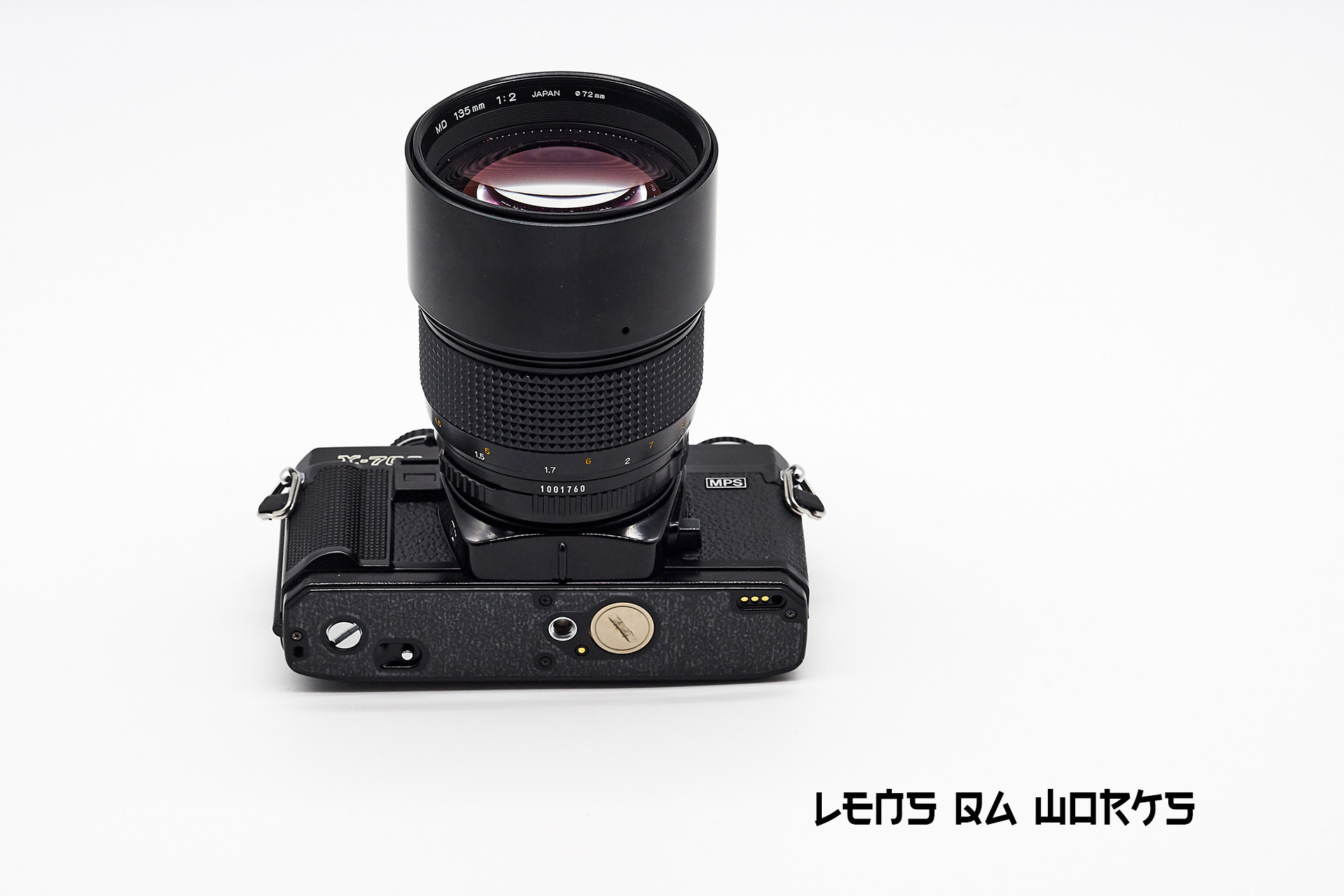
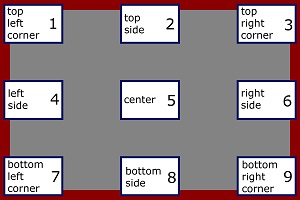



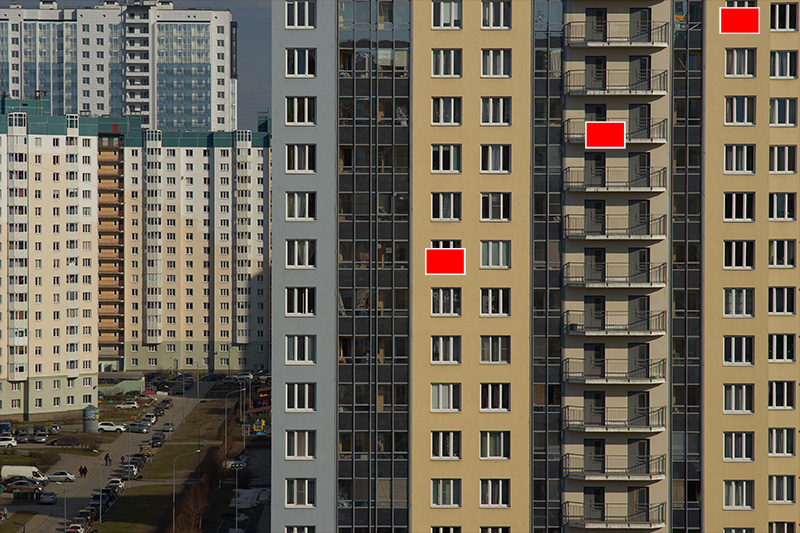







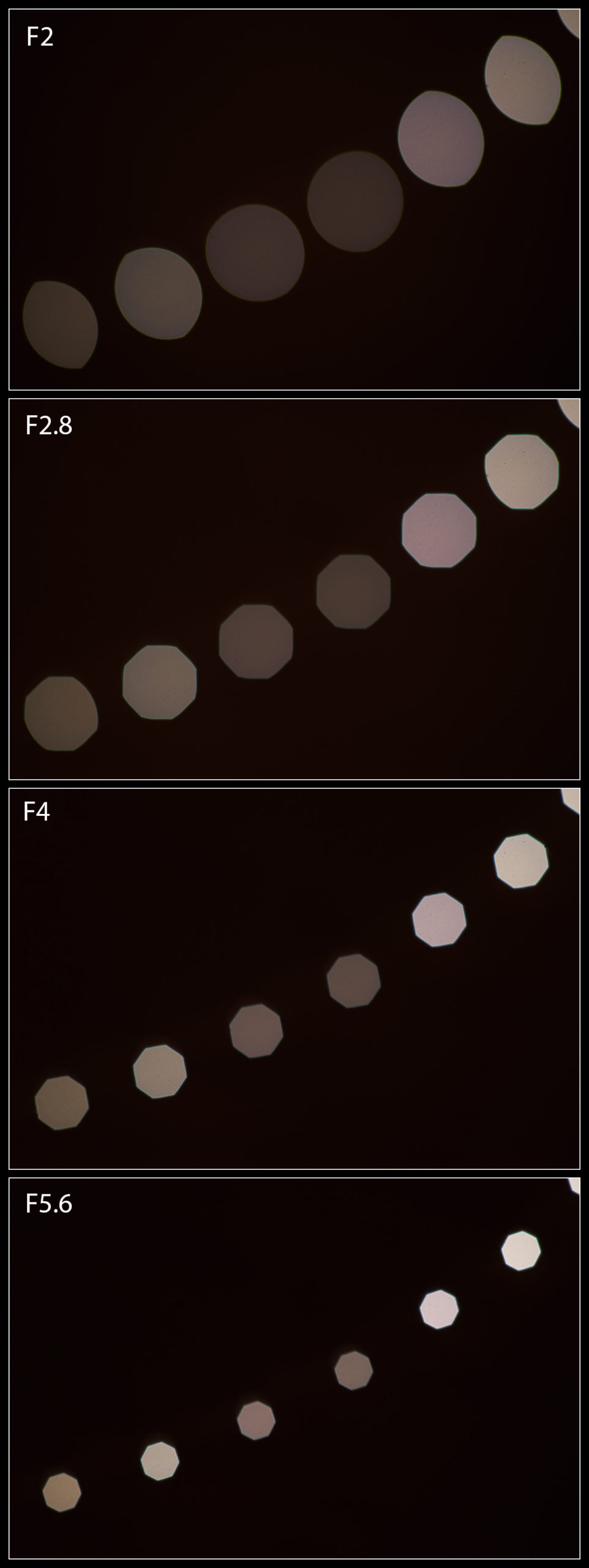



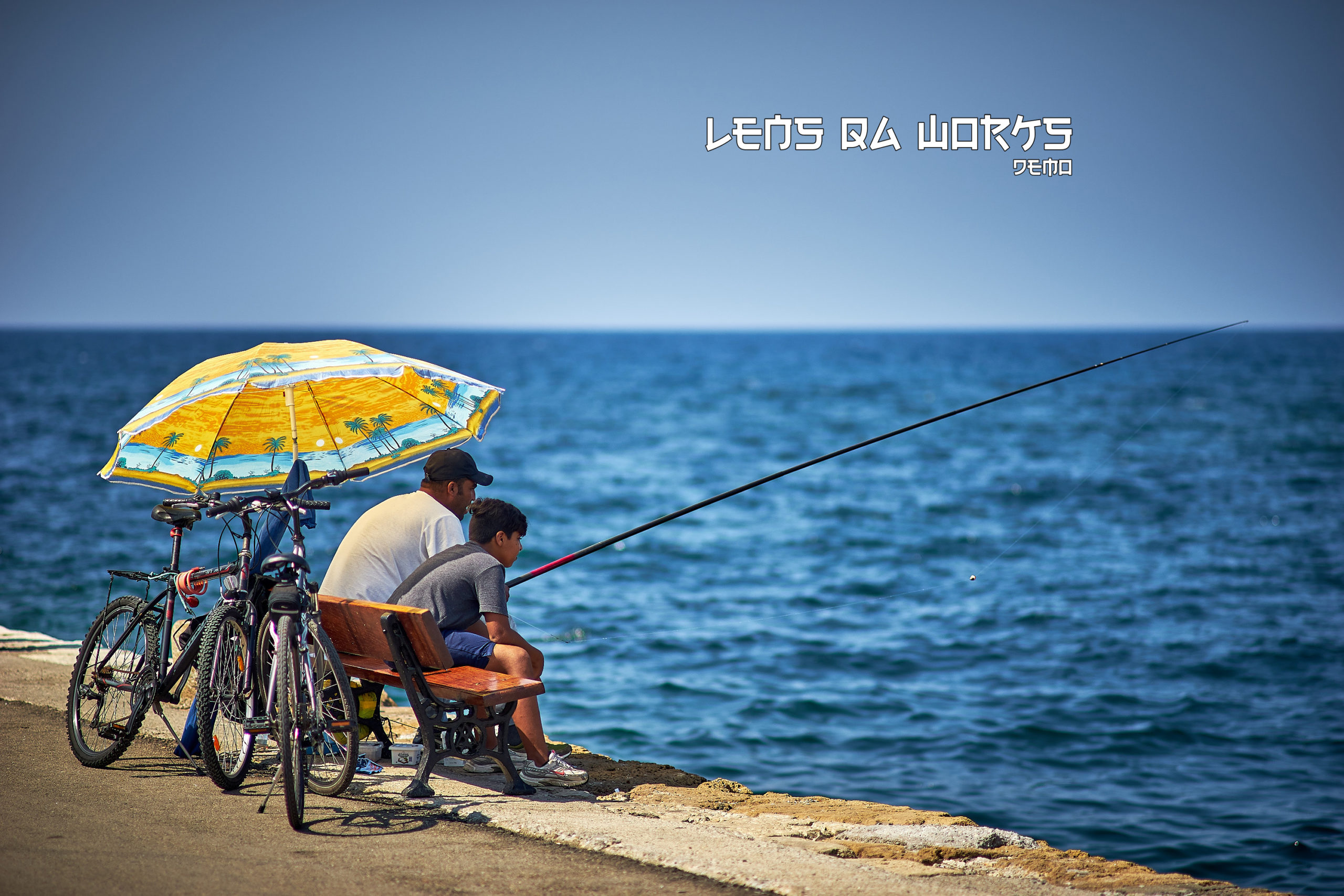



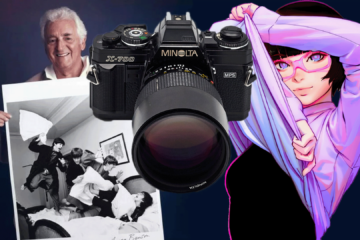
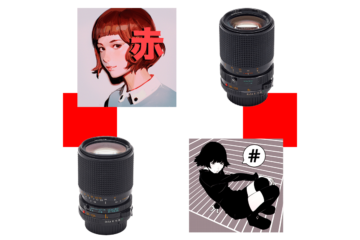
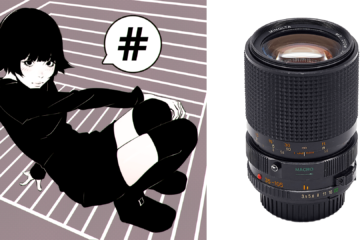
2 Comments
Henrik · 2018-02-09 at 21:53
I had that lens, it was spectacular… Until the aperture had the oily blades problems. I left it in the capable hands of Minolta technicians, or so I thought, at the Minolta head office in Stockholm. When I got it back it had a big finger print inside one of the front lens elements and I had to put it back for service again and after that the lens was never right, the sharpness was fuzzy. I’m not sure why but I think they either put it back incorrectly or decentered it massively.
Tony · 2018-07-20 at 22:13
Hello Henrik. Now I know how to remove oil from blades without full disassembling of aperture element, but it looks like a too late to tell it for you. I feel sorry for your lens. If you plan to fix it and you need information about how the lens should be looks inside and how to properly disassemble it – let me know, I’ll be glad to help you.